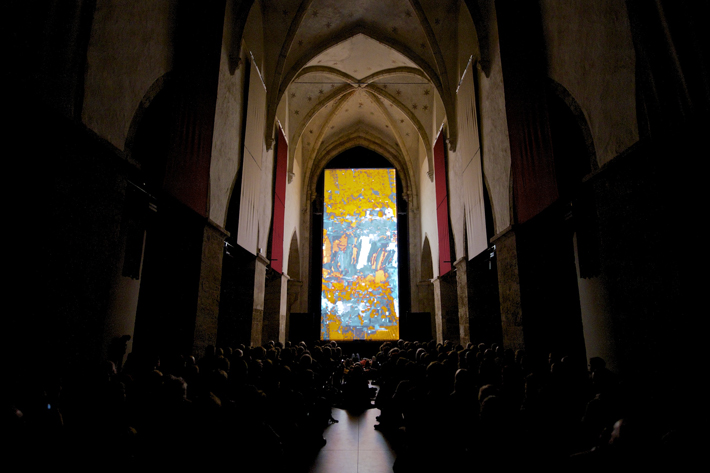Related post
260-Laser Light Art Installation Hits Houston
Mar 08, 2017
|
Comments Off on 260-Laser Light Art Installation Hits Houston
4224
Pure Joy Looks Like This Kaleidoscopic Light Installation
Mar 09, 2017
|
Comments Off on Pure Joy Looks Like This Kaleidoscopic Light Installation
3117
Avatar Garden Video Mapping
Sep 15, 2015
|
Comments Off on Avatar Garden Video Mapping
6482



 The numbers from advertising agency Vibrant Media give some more ground to the claims about the success of the format. The company introduced February 2017 a vertical video ad format to North America, Europe, the Middle East and Asia-Pacific. It joins Vibrant’s pre-roll, In-Line and Lightbox ads as part of its video portfolio.
The numbers from advertising agency Vibrant Media give some more ground to the claims about the success of the format. The company introduced February 2017 a vertical video ad format to North America, Europe, the Middle East and Asia-Pacific. It joins Vibrant’s pre-roll, In-Line and Lightbox ads as part of its video portfolio.

